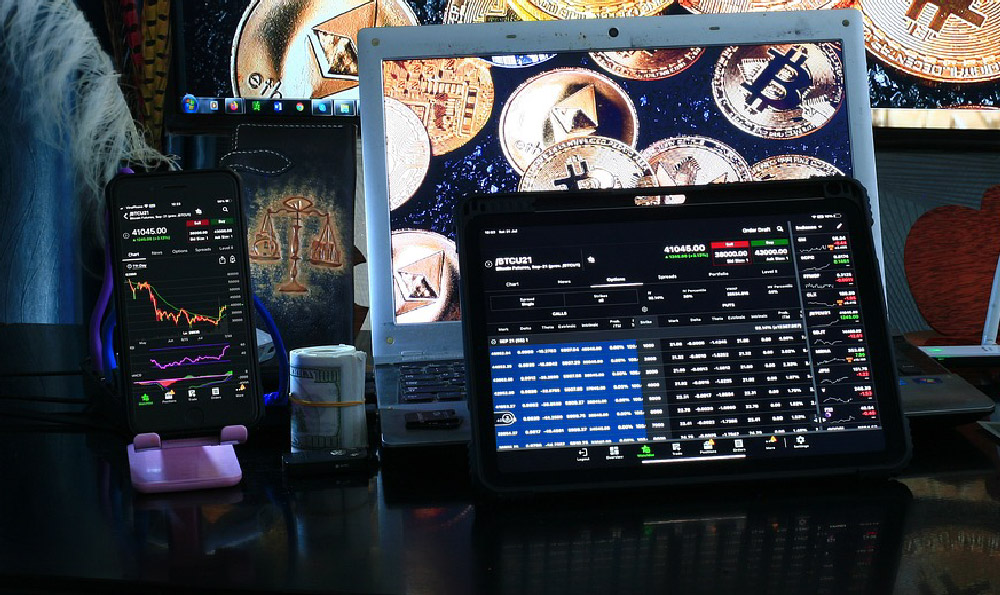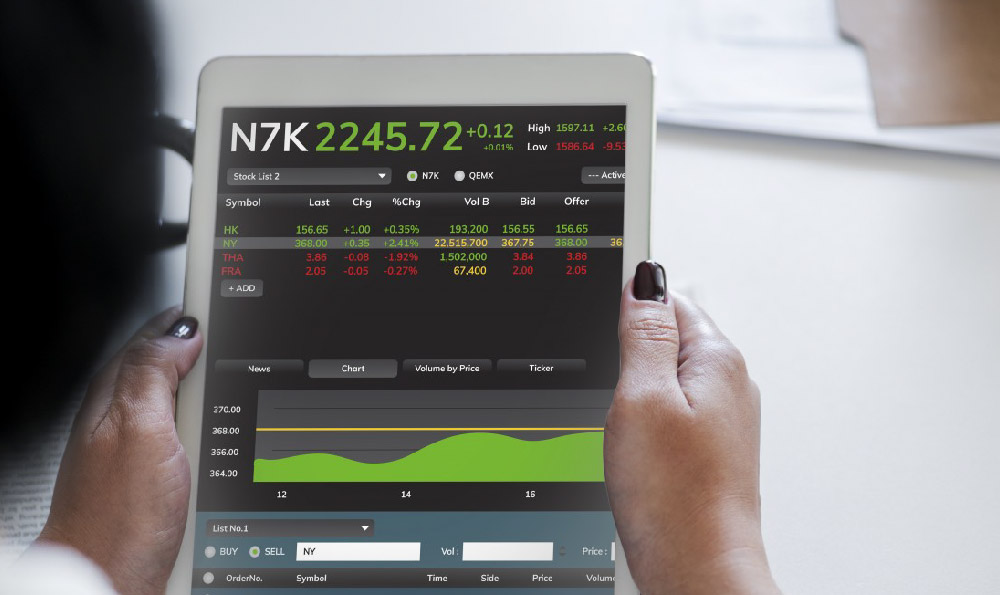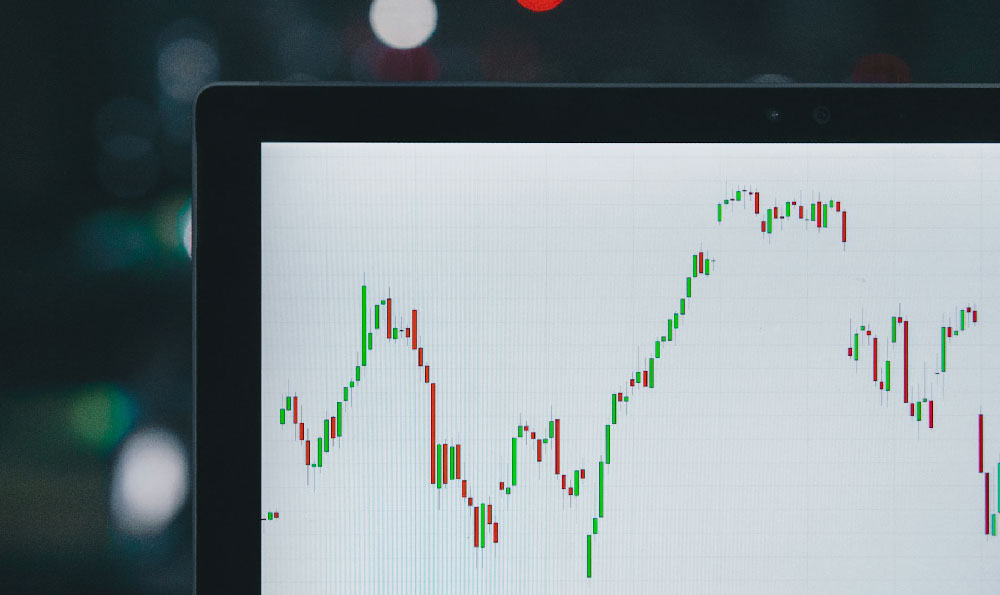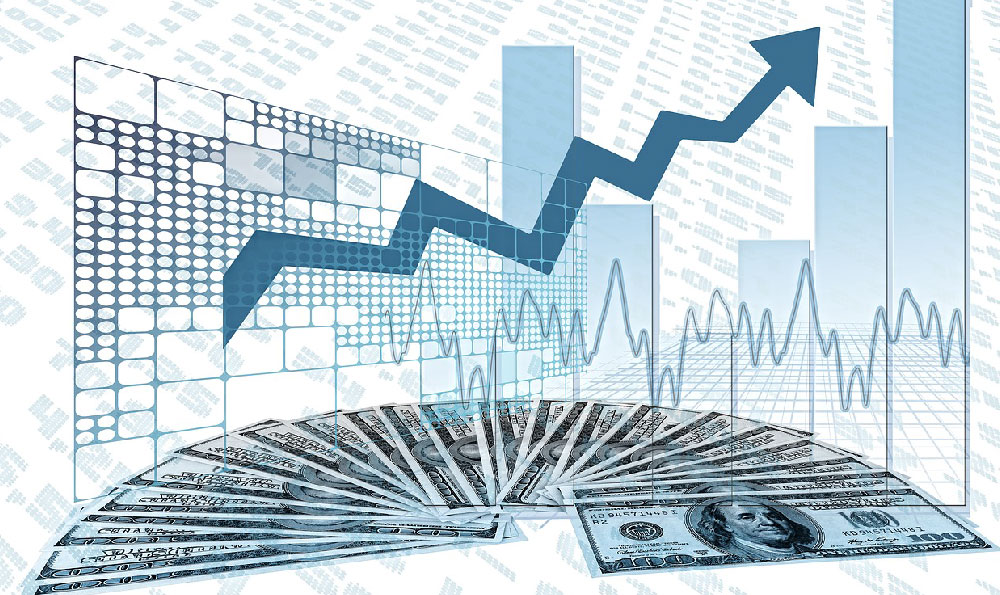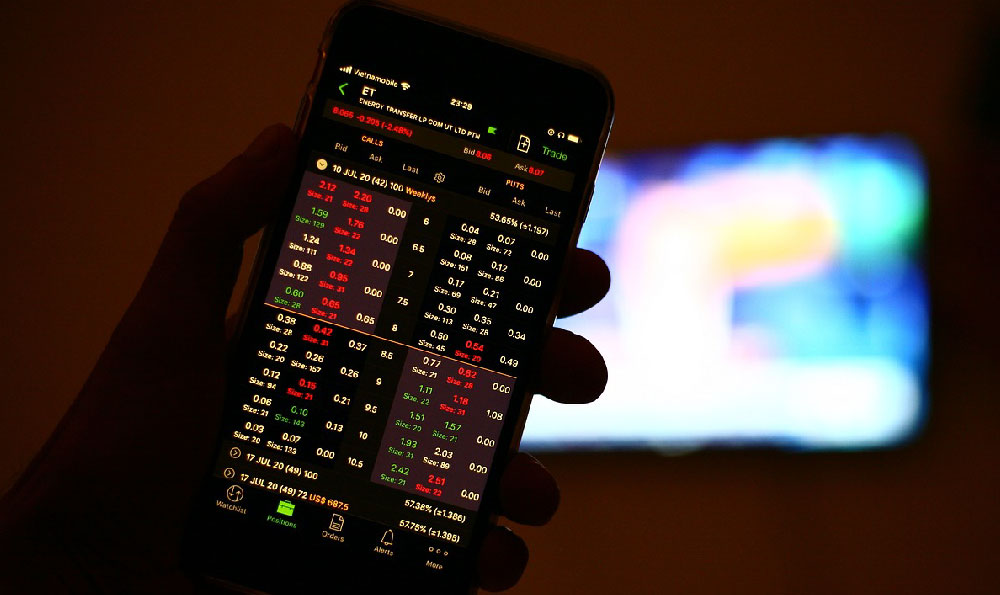Dating apps, ubiquitous in the digital age, have revolutionized the way people connect, forging relationships ranging from casual encounters to lifelong commitments. Behind the seemingly simple interface of swiping and messaging lies a complex ecosystem of revenue generation and sophisticated monetization strategies. Understanding how these apps earn their keep provides valuable insights into the digital economy and the evolving landscape of human connection.
The most common and readily apparent revenue stream for dating apps is premium subscriptions. Often packaged as "Plus," "Gold," or "Premium" tiers, these subscriptions unlock a plethora of enhanced features that significantly improve the user experience and increase the likelihood of successful matches. For example, Tinder Plus users gain access to unlimited "likes," the ability to rewind accidental swipes, and the Passport feature, enabling them to search for matches in different geographical locations. Gold and Premium tiers typically add features like the ability to see who has already liked your profile (saving time and effort), and advanced filters to fine-tune searches based on specific criteria such as education, height, or lifestyle preferences. The appeal of these subscriptions lies in their ability to overcome limitations imposed on free users, providing a more efficient and targeted dating experience. The pricing of these subscriptions varies widely depending on the app, the length of the subscription period, and even the user's age and location, reflecting a nuanced understanding of consumer behavior and purchasing power.
Beyond subscriptions, many dating apps employ in-app purchases, offering users the option to buy individual features or boosts on an as-needed basis. These purchases are particularly effective for users who are hesitant to commit to a full subscription but are willing to pay for a temporary advantage. For instance, Tinder's "Boost" feature elevates a user's profile to the top of the stack for a limited time, increasing visibility and attracting more attention. Similarly, "Super Likes" allow users to express a higher level of interest, potentially bypassing the algorithm and increasing the chances of a match. In-app purchases provide a flexible revenue stream for dating apps, catering to a diverse range of user needs and preferences, and capitalizing on the inherent desire for instant gratification in the online dating world.
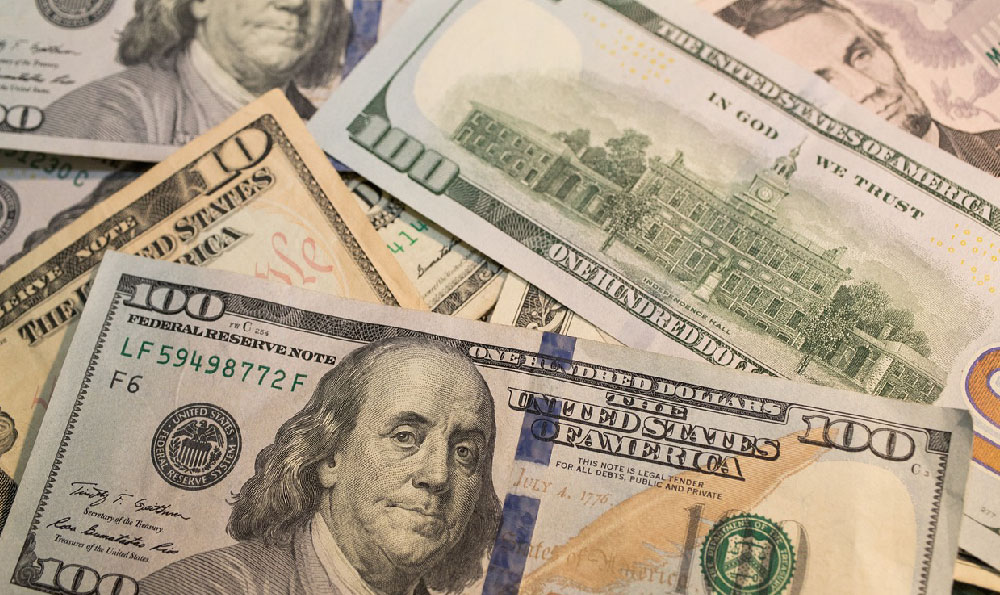
Another significant source of revenue for dating apps is advertising. While sometimes perceived as intrusive, strategically placed advertisements can generate substantial income. Many apps display banner ads or interstitial ads (full-screen ads that appear between activities) to free users. However, the challenge lies in balancing revenue generation with user experience. Overly aggressive advertising can be detrimental to user engagement and lead to app abandonment. Therefore, dating apps must carefully curate the types of ads they display and ensure they are relevant to the user's interests and preferences. Some apps also partner with brands to create sponsored content or integrate product placements into the user interface, offering a more subtle and engaging advertising experience. For example, a dating app might partner with a restaurant chain to offer a discount code to users who match and agree to go on a date at that restaurant.
Data monetization, while less visible to the average user, is a powerful and often controversial revenue stream for dating apps. These apps collect vast amounts of data about their users, including their demographics, interests, relationship preferences, and online behavior. This data can be anonymized and aggregated to create valuable insights for advertisers and market researchers. For example, a dating app could sell data to a cosmetics company, providing insights into the beauty preferences of single women in a particular age group. While data monetization can be lucrative, it also raises significant privacy concerns. Dating apps must be transparent about their data collection practices and ensure they comply with all relevant privacy regulations, such as GDPR and CCPA. Building trust with users is crucial for long-term success, and any perceived violation of privacy can have severe reputational consequences.
Affiliate marketing represents another avenue for dating apps to generate revenue. This involves partnering with other businesses and earning a commission for driving traffic or sales to their products or services. For example, a dating app might partner with a flower delivery service and offer a discount to users who purchase flowers through a specific link. Similarly, they might partner with a travel agency and offer travel packages specifically tailored to couples. Affiliate marketing allows dating apps to leverage their user base and generate revenue without directly selling products or services themselves. The key to successful affiliate marketing is finding partners that are relevant to the user's interests and offer genuine value.
Finally, some dating apps have ventured into event hosting and matchmaking services, providing a more personalized and offline experience for their users. These events can range from casual mixers and speed dating events to more elaborate matchmaking programs that involve personalized consultations and curated introductions. By offering these services, dating apps can cater to users who are looking for a more hands-on approach to dating and are willing to pay a premium for personalized attention. This strategy also allows dating apps to differentiate themselves from competitors and build stronger relationships with their users.
In conclusion, dating apps employ a diverse range of monetization strategies to generate revenue and sustain their businesses. From premium subscriptions and in-app purchases to advertising, data monetization, affiliate marketing, and event hosting, these apps are constantly innovating and adapting to the evolving needs and preferences of their users. While some strategies are more visible and straightforward than others, all contribute to the complex ecosystem of online dating. Understanding these strategies provides valuable insights into the digital economy and the evolving landscape of human connection, while also highlighting the importance of privacy and ethical considerations in the age of data. The most successful dating apps are those that can balance revenue generation with user experience, building trust and providing genuine value to their users in the long run.



